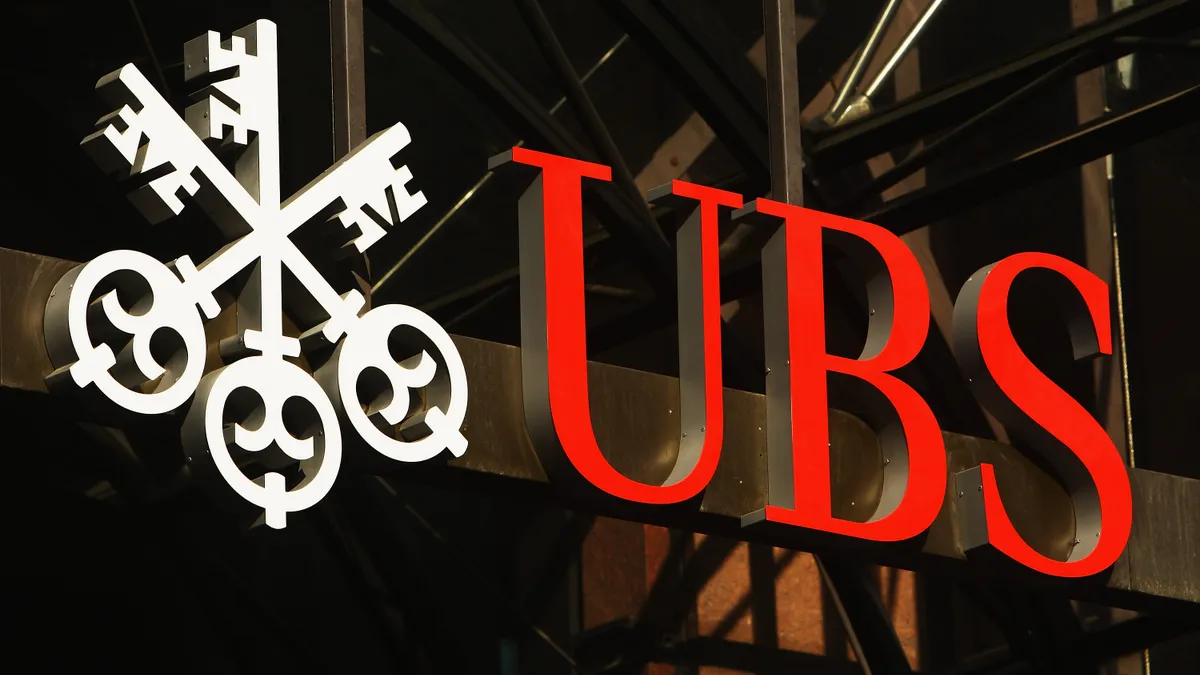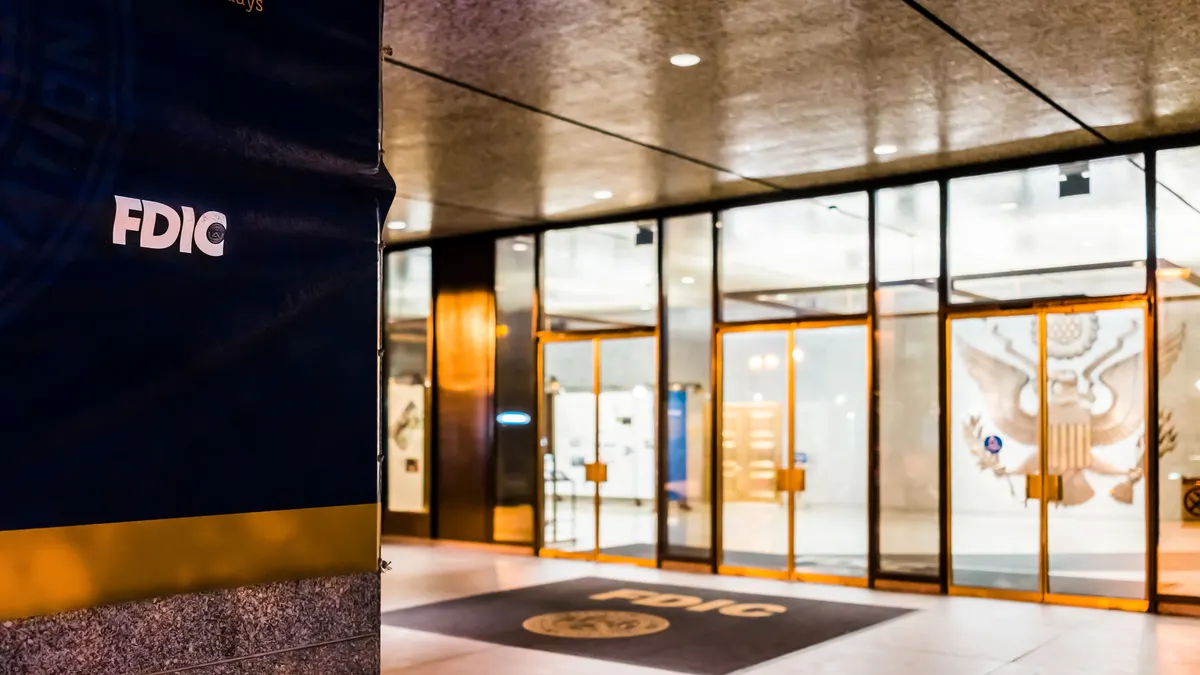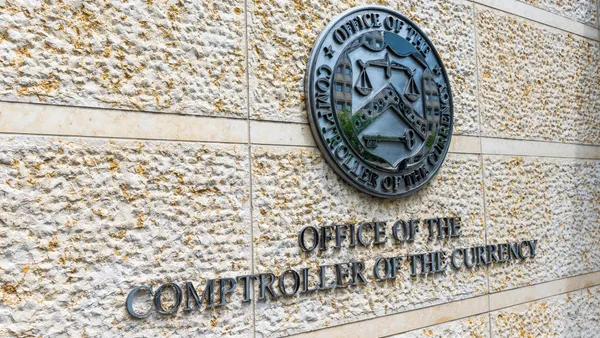UBS reported a $785 million third-quarter loss on Tuesday over expenses tied to its takeover of Credit Suisse.
It marked the bank’s first quarterly loss since 2017 — and a massive shift from the record $29 billion profit it saw in the previous three-month span, during which the acquisition was finalized.
Not counting the takeover’s impact, however, UBS saw an underlying profit of $844 million.
"UBS has made clear progress since the close of the deal — but it continues to face a huge task, including client & key staff retention," Vontobel analyst Andreas Venditti said, according to Reuters.
Indeed, personnel costs jumped on the quarter. The bank shelled out $500 million in retention payments to key Credit Suisse staff, according to Bloomberg.
But UBS’s headcount also shrunk by more than 3,000 on the quarter: The bank employed 115,981 people at the end of September, compared with 119,100 at the end of June. That brings the combined workforce down to about 13,000 less than UBS and Credit Suisse had as separate entities at the end of 2022.
"We are executing on the integration of Credit Suisse at pace and have delivered underlying profitability for the group in the first full quarter since the acquisition," CEO Sergio Ermotti said in a statement.
UBS also reported $22 billion in net new money in its wealth management arm, achieved in part by winning new customers.
But the bank has also chosen to exit $5 billion in assets it manages via Credit Suisse for rich customers. UBS moved those assets to a wind-down unit in the third quarter, it said Tuesday, and reclassified $30 billion worth of assets in the wealth unit as “related to non-strategic relationships.”
UBS said it has reduced risk-weighted assets by $6.4 billion in the quarter.
Pretax loss at the wind-down unit, labeled “non-core and legacy,” jumped to $1.93 billion over the quarter, compared with $478 million three months earlier.
UBS warned of an investigation into "weaknesses" and "deficiency" in Credit Suisse's financial reporting in 2021 and 2022, and added it would outline the result in its annual report.
The bank also announced that Credit Suisse had settled its dispute with shipbuilder Privinvest, a company Mozambique alleges paid $136 million in bribes during the “tuna bonds” scandal.
UBS on Tuesday put the running cost related to Credit Suisse’s integration at roughly $2 billion, but said another $1 billion is expected in the fourth quarter.
Other changes such as integrating IT systems may need to wait until UBS and Credit Suisse’s legal entities are merged around the end of 2024, Ermotti said.
“It’s probably the one time in which we are going to incur the most costs in order to achieve the synergies we want in 2025 and 2026,” he told analysts Tuesday, according to The Wall Street Journal.
UBS said, however, that it had already met its goal for this year of reducing expenses by $3 billion.
“We are optimistic about our future as we build an even stronger and safer version of the UBS that was called upon to stabilize the financial system in March and one that all of our key stakeholders can be proud of,” Ermotti said Tuesday, according to the Financial Times.
UBS’s other figurehead, Chairman Colm Kelleher, warned Tuesday at a finance conference in Hong Kong that the next financial crisis could come from the “shadow” bank sector.
Kelleher called the growth of lightly regulated private markets since the 2007-08 financial crisis a “real cause for concern,” according to the Financial Times.
The remarks, however, spurred Marc Rowan, CEO of Apollo Global Management — speaking at the same event — to defend private lending.
“When you move something from the banking system to asset management, you move it, for the most part, from a levered system to an unlevered system,” Rowan said. “[That] adds robustness to the system.”
In other comments Tuesday, Kelleher said Credit Suisse’s collapse “was not about capital; this was about [its] business model and funding.” Kelleher added that it was “misguided” for regulators to focus on the need for banks to hold extra capital.













